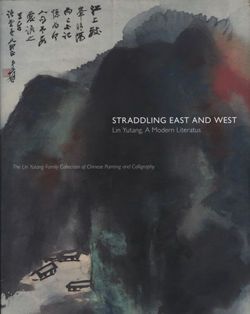Wandering in a Cloud-Filled Valley
Pu Ru Chinese
Not on view
Pu Ru, a Manchu prince who lived through the fall of the Qing dynasty, was a classical scholar, poet, calligrapher, and painter. Although he disliked being referred to as an artist, his fame today rests on his painting. Typically, Pu worked in the academic style of the Song dynasty (960–1279), which combined descriptive representation with atmospheric effects, but he often adapted and integrated the Song manner, as he did here, by incorporating later interpretations of that style by such Ming-dynasty artists as Tang Yin (1470–1523).
The powerful pines depicted here may have had a very specific association for Pu Ru. After the Manchu dynasty was overthrown, he was forced to live at a Buddhist temple in the Western Hills near Beijing that was surrounded by them. He repeatedly recalled these pines in paintings and nostalgic writings later in his life. Pu inscribed this work with a quatrain:
White clouds fill my hut by the cliff;
The sound of a stream fills the empty valley.
Whence came this person into the mountains?
Forgetting the schemes of the world he befriends the deer.
(trans. by Shi-yee Liu)
He embellished his inscription with an oval seal that reads "a piece of red cloud," which is impressed on portions of its first two characters, baiyun (white clouds). Due to its color and location, this seal literally looks like a red cloud floating above the pines, graphically blurring the boundary between text and image.
This image cannot be enlarged, viewed at full screen, or downloaded.
This artwork is meant to be viewed from right to left. Scroll left to view more.


